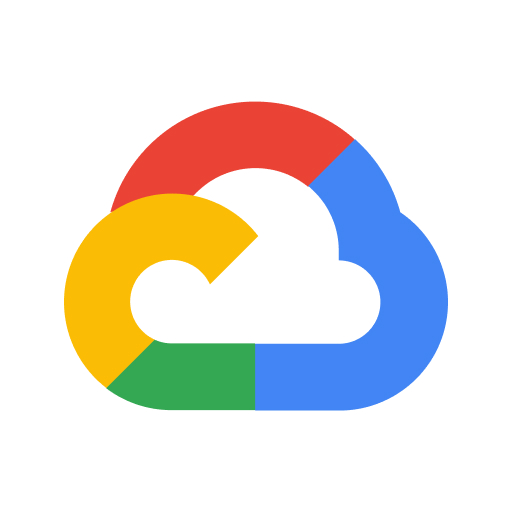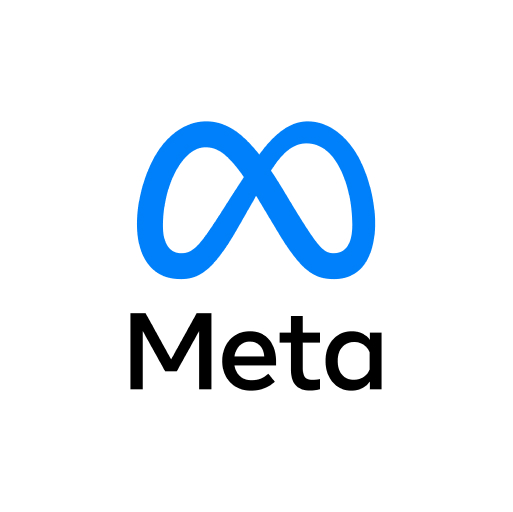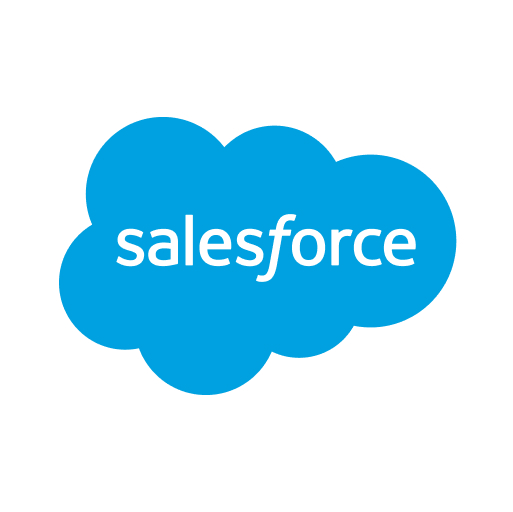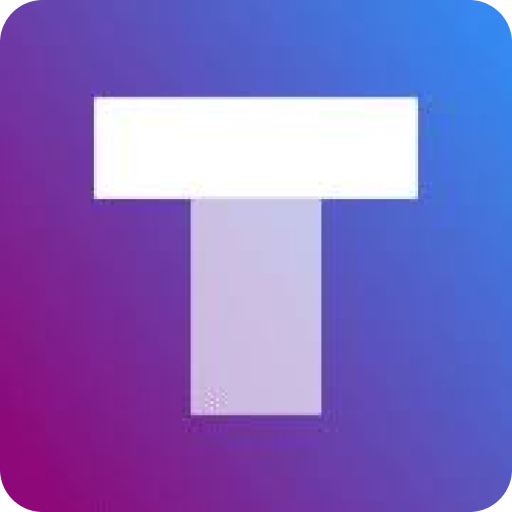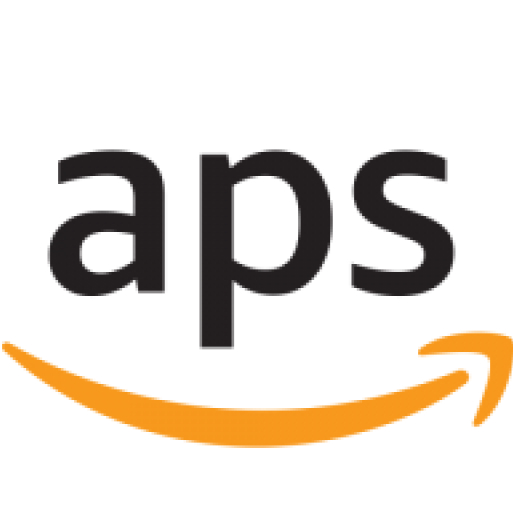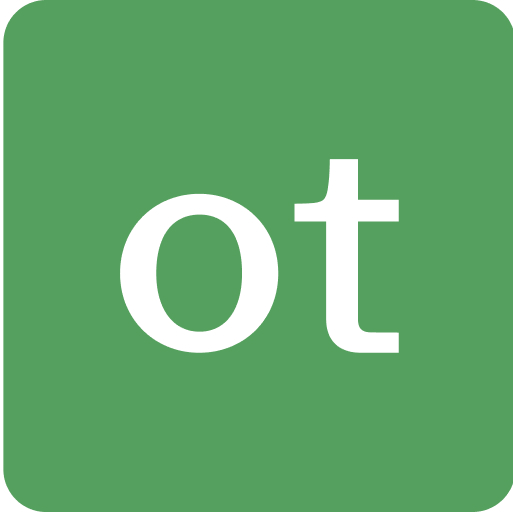Resolve, activate, and collaborate without the complexity
Optable simplifies interoperability by unifying fragmented data to resolve & enrich identity in real-time so you can activate audiences in the places that drive a meaningful impact on revenue and business objectives. From infrastructure to execution, we provide the flexibility and control you need to manage data across online and offline environments with confidence.

Real-time identity done the right way

Configurable,
Integration-Ready Stack

Fast, Private Activation Without Moving Data
Identity built for enterprise scale
500M+
~3wks
<100ms

“Hearst relies on Optable to connect with our consumers and create addressability for our advertisers. Great features & customer support”

Real-time identity resolution and event capture
We build your identity graph based on all observed events across all integrated sources. As we witness signals from our low-latency SDK and server-side APIs, we deterministically build a rich and precise story about each visitor that fuels durable, high-fidelity identity graphs.
Flexible Graph Construction, Your Way
Empower buyers to bid more confidently and aggressively on your inventory by sending rich, accurate audience insights directly within the bidstream. Integrate effortlessly with Prebid and header bidding solutions, powering efficient, enriched data flow to every demand source


Maximize Match Rates & Cross-Device Reach
Increase the value of every impression. Enable SSPs and curation partners to match identifiers against your graph in real-time, drastically increasing audience match rates. Resolve audiences built on one identifier (e.g., MAIDs) to inventory transacted on another (e.g., IPs), unlocking new revenue.




















